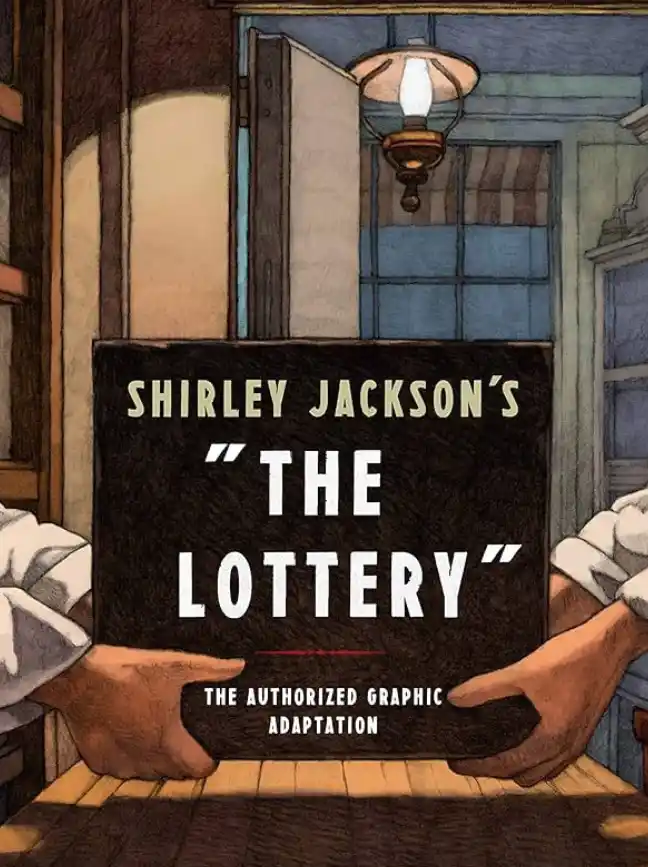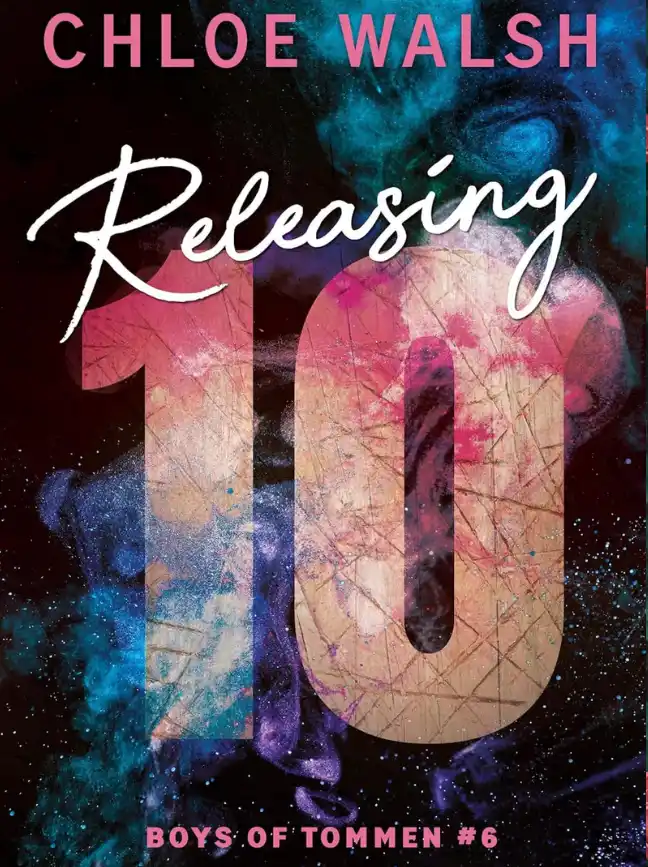I HAVE BEEN WORKING WITH angry and controlling men for fifteen years as a counselor, evaluator, and investigator, and have accumulated a wealth of
knowledge from the two thousand or more cases with which I have been involved. I have learned the warning signs of abuse and control that a woman can watch out for early in a relationship. I’ve come to know what a controlling man is really saying, the meaning that is hidden behind his words. I’ve seen clues to recognizing when verbal and emotional aggression are heading toward violence. I’ve found ways to separate out abusive men who are faking change from those who are doing some genuine work on themselves. And I have learned that the problem of abusiveness has surprisingly little to do with how a man feels—my clients actually differ very little from nonabusive men in their emotional experiences—and everything to do with how he thinks. The answers are inside his mind.
However, as delighted as I am to have had the opportunity to gain this insight, I am not one of the people who most needs it. The people who can best benefit from knowledge about abusers and how they think are women, who can use what I have learned to help themselves recognize when they
are being controlled or devalued in a relationship, to find ways to get free of abuse if it is happening, and to know how to avoid getting involved with an abusive man—or a controller or a user—next time. The purpose of this book is to equip women with the ability to protect themselves, physically and psychologically, from angry and controlling men.
To prepare for writing this book, I first generated a list of the twenty- one questions that women most often ask me about their abusive partners, questions such as:
“Is he really sorry?”
“Why do so many of our friends side with him?” “Is he going to hit me some day?”
and many others. I then built my explanations around these concerns, to make sure that women would be able to look here to find the information
they urgently need. You will find these twenty-one questions highlighted as you go through this book; you might want to flip through the pages for a moment now just to grab a quick glimpse of where I have addressed the
issues that are most pressing for you.
Another central goal of mine is to offer assistance to each woman who is struggling with how she is being treated in a relationship, regardless of what label she may put on her partner’s behavior. Words like control and
abuse can be loaded ones, and you may not feel that they fit your particular circumstances. I have chosen to use the term abusers to refer to men who
use a wide range of controlling, devaluing, or intimidating behaviors. In some cases I am talking about physical batterers and at other times about
men who use or insult their partners but never frighten or intimidate them. Some of the men I describe in the pages ahead change moods so drastically and so often that a woman could never feel sure what they are like, much
less attach a label. Your partner may be arrogant, or may play mind games, or may act selfishly over and over again, but his better aspects may make you feel that he is miles away from being an “abuser.” Please don’t let my language put you off; I have simply chosen the word abuser as a shorthand way of saying “men who chronically make their partners feel mistreated or devalued.” You can adopt a different term if you know one that fits your partner better. But whatever style of mistreatment your partner uses, rest
assured that you will find in these pages the answers to many questions that have perplexed you.
If the person you are involved with is the same sex as you are, you have a place here too. Lesbians and gay men who abuse their partners exhibit much of the same thinking, and most of the same tactics and excuses, that
abusive heterosexual men do. In this book I have used the term he for the abuser and she for the abused partner to keep my discussions simple and clear, but abused lesbians and gay men are very much in my thoughts, right
alongside of abused straight women. Of course, you will need to change the gender language to fit your relationship, for which I apologize in advance.
You will also find a section in Chapter 6 where I speak specifically about the similarities and differences in same-sex abusers.
Similarly, this book includes stories of men from a very wide range of racial and cultural backgrounds. Although the attitudes and behaviors of controlling and abusive men vary somewhat from culture to culture, I have found that their similarities greatly outweigh their differences. If your partner is a person of color or an immigrant, or if you are a member of one of these groups yourself, you will find that much of what this book discusses, or perhaps all of it, fits your experience quite well. While I have not specified race or ethnicity in the cases I describe in these pages, roughly one-third of the abusers whose stories I tell are men of color or men from
nations outside of North America. I further discuss some specific racial and cultural issues in Chapter 6.
MY EXPERIENCE WORKING WITH ANGRY AND CONTROLLING MEN
I began counseling abusive men individually and in groups in 1987, while working for a program called Emerge, the first agency in the United States to offer specialized services for men who abuse women. For roughly the next five years I worked almost exclusively with clients who were coming to the program voluntarily. They generally attended under heavy pressure from their female partners, who were either talking about leaving the relationship or had already done so. In many cases, the woman had gone to court to seek a restraining order legally barring the man from the home and in many cases ordering him to stay away from the woman altogether. The men’s main motivation for seeking counseling was the hope of saving their relationships. It was common for them to feel some guilt or discomfort about their abusive behavior, but they simultaneously believed strongly in the validity of their excuses and justifications, so their feelings of remorse would not have been enough in themselves to have kept them in my
program. In those early years, the clients I worked with were men who used far more verbal and emotional abuse than physical violence, although most of them had been physically intimidating or assaultive on at least a few occasions.
During the 1990s the legal system became much more involved than it had been in the past in responding to domestic abuse, with the result that court-mandated clients started at first to trickle and then to pour in the doors of our program. These men often had a much greater propensity for physical violence than our earlier clients, sometimes involving the use of
weapons or vicious beatings resulting in the hospitalization of their partners. Yet we observed that in other ways these men were generally not significantly different from our verbally abusive clients: their attitudes and excuses tended to be the same, and they used mental cruelty side by side with their physical assaults. Equally important was that the female partners of these battering men were largely describing the same distresses in their lives that we were hearing about from women who had been psychologically abused, showing us that different forms of abuse have similar destructive impacts on women.
Throughout my years of working with controlling and abusive men, my colleagues and I have been strict about always speaking to the woman whom our client has mistreated, whether or not the couple is still together. (And if he has started a new relationship, we talk with his current partner as well, which is part of how we became aware of the ways in which abusive men continue their patterns from one relationship to the next.) It is through these interviews with women that we have received our greatest education about power and control in relationships. The women’s accounts also have taught us that abusive men present their own stories with tremendous denial, minimization, and distortion of the history of their behaviors and that it is therefore otherwise impossible for us to get an accurate picture of what is going on in an abusive relationship without listening carefully to the abused woman.
Counseling abusive men is difficult work. They are usually very reluctant to face up to the damage that they have been causing women, and often children as well, and hold on tightly to their excuses and victim blaming. As you will see in the pages ahead, they become attached to the various privileges they earn through mistreating their partners, and they
have habits of mind that make it difficult for them to imagine being in a respectful and equal relationship with a woman.
I am sometimes asked: Why work with abusive men if it is so hard to get them to change? The reasons are several. First, if even one man out of a ten-person group makes substantial and lasting changes, then my time and
energy have been invested well, because his partner and his children will
experience a dramatic change in the quality of their lives. Second, I believe in holding abusers accountable for their actions. If they attend an abuser program they can at least be called to task for the harm they have done, and I have hope (and see the signs) that cultural values can change over time if people find that men who chronically mistreat and degrade women are being made answerable. Third, and probably most important, is that I consider the woman that my client has mistreated to be the person I am primarily serving, and I make contact with her at least every few weeks. My goal is to give her emotional support, help her learn about counseling and legal services that exist for her in her community (usually for free), and help her get her mind untangled from the knot that her abusive partner has tied. I can make it more difficult for him to manipulate her, and I may be
able to warn her of underhanded maneuvers that he is planning or of escalation that I’m observing. As long as I stay focused on the woman and her children as those who are most deserving and in need of my assistance,
I can almost always make a positive contribution, whether or not my
abusive client decides to seriously face his own problem. (In Chapter 14, I describe what actually goes on inside a counseling program for abusive men, and I explain how a woman can determine whether or not a particular program is being run properly.)
In recent years, through my work as a child abuse investigator and as a custody evaluator for various courts, I have come to interact in a new way with families affected by abusive men. I share some of the insights I have gained through these experiences in Chapter 10, which examines the
experiences of children who are exposed to abusive men—usually their
fathers or stepfathers—and the ways in which some abusers continue their patterns of controlling and intimidating behavior through custody actions in the family courts.
HOW TO USE THIS BOOK
One of the prevalent features of life with an angry or controlling partner is that he frequently tells you what you should think and tries to get you to doubt or devalue your own perceptions and beliefs. I would not like to see your experience with this book re-create that unhealthy dynamic. So the
primary point to bear in mind as you read the pages ahead is to listen carefully to what I am saying, but always to think for yourself. If any part of what I describe about abusers doesn’t match your experience, cast it aside and focus on the parts that do fit. You might even put the book down from
time to time and ask yourself, “How does this apply to my relationship?
What are my own examples of how a controlling or cruel man thinks and
behaves?” If you come upon sections that don’t speak to you—because you don’t have children, for example, or because your partner is never physically frightening—just skip ahead to the pieces that can help you more.
Some women will find that being alone with this book is too difficult because it awakens feelings and realizations that are overwhelming. I
encourage you to reach out for support from trusted friends and family as you go along. While reading this book is likely to be clarifying for you, it may also awaken an awareness that can be painful or distressing.
If you can’t find someone whom you know to talk to—or even if you can—call the abuse hotline in your area. If you need a listing near where you live in the United States or Canada, call the National Abuse Hotline at (800) 799-7233, and they will give you your local program information (in almost any language imaginable). For many other options for assistance, look in the “Resources” section at the back of this book. Again, don’t be stymied by the word abuse; the hot line staff is there to listen to you and to help you think about any relationship in which you are being treated in a way that is making you feel bad.
I understand how uncomfortable it can be to take the leap of talking with people you care about regarding the mistreatment you are experiencing in your relationship. You may feel ashamed of having a partner who
sometimes behaves in unkind or bullying ways, and you may fear that
people will be critical of you for not leaving him right away. Or you might have the opposite concern: that people around you are so fond of your partner that you question whether they will believe you when you describe how mean or abusive he can be. But, regardless of these anxieties, it is essential not to stay isolated with your distress or confusion about what is happening in your relationship. Find someone whom you can trust—it might even be a person you have never considered opening up to before— and unburden yourself. This is probably the single most critical step you can take toward building a life that is free from control or abuse.
If your partner’s controlling or devaluing behavior is chronic, you no doubt find yourself thinking about him a great deal of the time, wondering how to please him, how to keep him from straying, or how to get him to change. As a result, you may find that you don’t get much time to think about yourself—except about what is wrong with you in his eyes. One of my central reasons for writing this book is, ironically, to help you think about him less. I’m hoping that by answering as many questions as possible and clearing away the confusion that abusive behavior creates, I can make it possible for you to escape the trap of preoccupation with your partner, so that you can put yourself—and your children if you are a mother—back in
the center of your life where you belong. An angry and controlling man can be like a vacuum cleaner that sucks up a woman’s mind and life, but there
are ways to get your life back. The first step is to learn to identify what your partner is doing and why he does it, which is what the pages ahead will illuminate. But when you have finished diving deeply into the abuser’s mind, which this book will enable you to do, it is important to rise back to
the surface and from then on try to stay out of the water as much as you can. I don’t mean that you should necessarily leave your partner—that is a complex and highly personal decision that only you can make. But whether you stay or go, the critical decision you can make is to stop letting your
partner distort the lens of your life, always forcing his way into the center of the picture. You deserve to have your life be about you; you are worth it.








